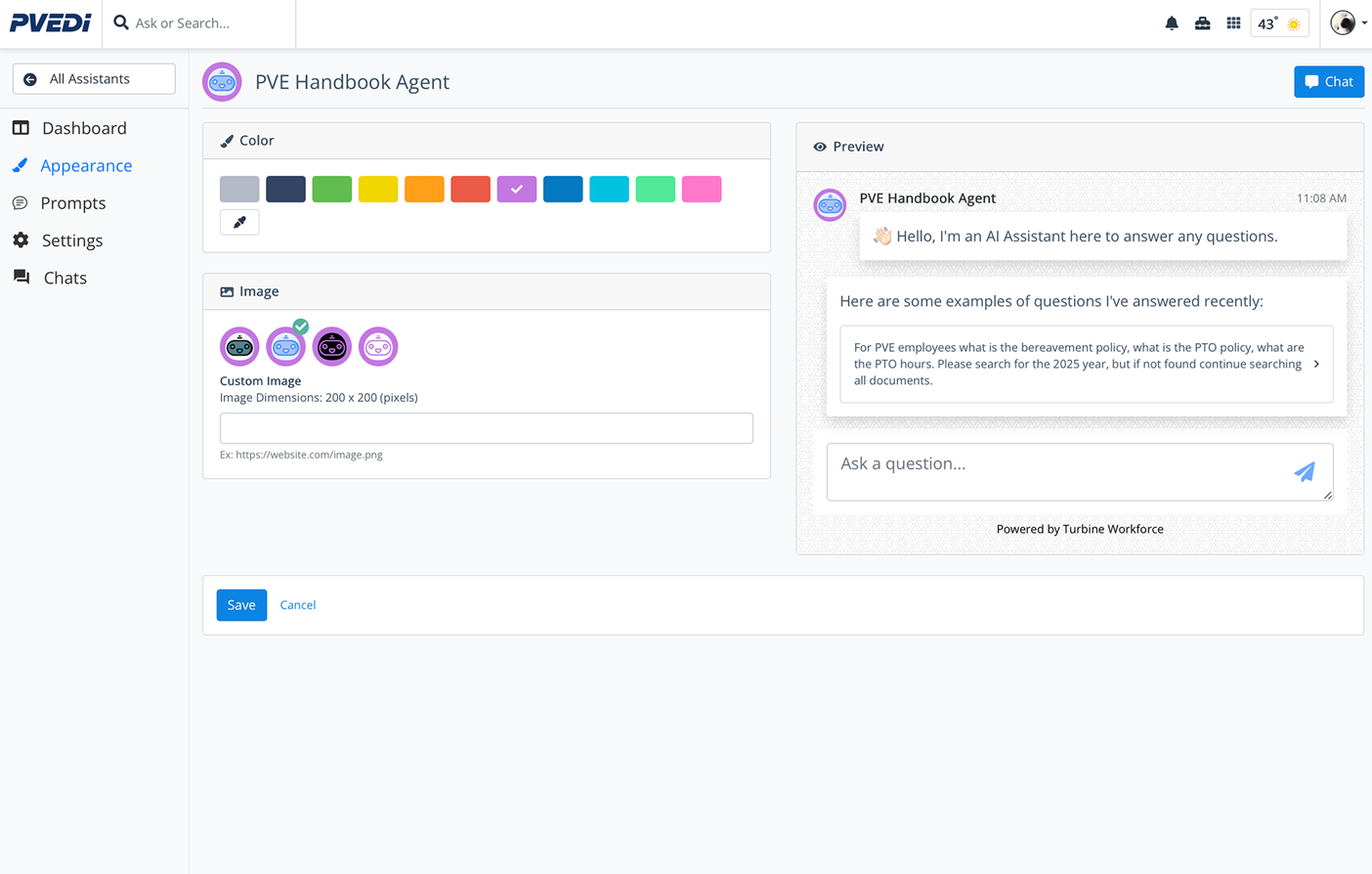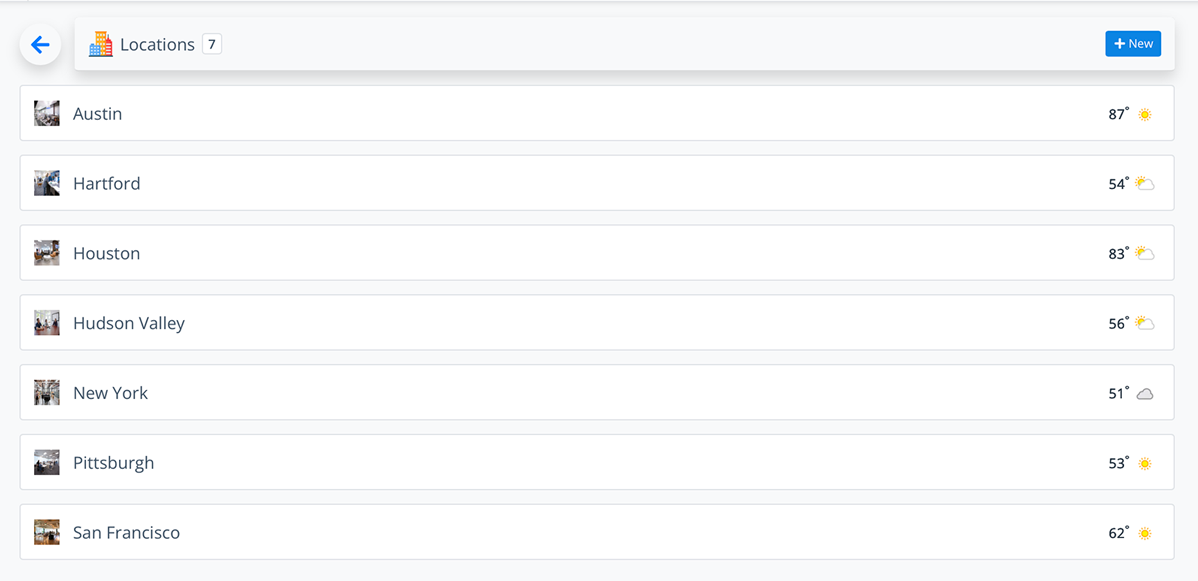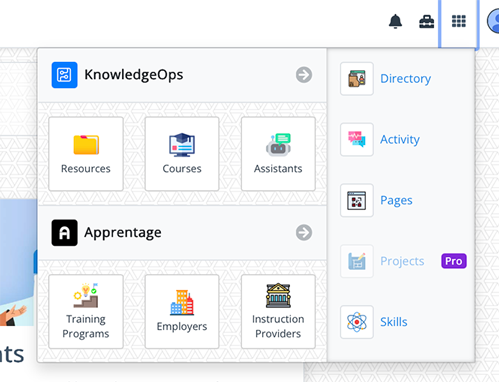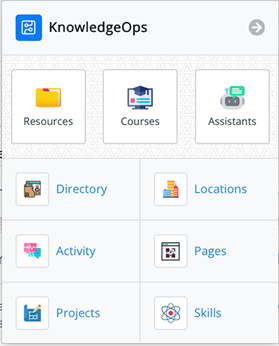Operational knowledge that stays audit-ready
Centralize SOPs, capture field intelligence, and publish AI-validated updates across every Ops module.
Purpose-built governance for apprenticeships, manufacturing, construction, and healthcare operations.

Proven Impact
Verified outcomes from live KnowledgeOps deployments.
Reduction in time spent searching for SOPs post-deployment
Mid-sized construction firm, KnowledgeOps audit 2024
Documentation accuracy sustained with governed approvals
ComplianceOps Metrics, Canonical System Overview
Faster publishing cycle for field updates
KnowledgeOps Field Rollout Report
Capture. Govern. Activate.
The KnowledgeOps lifecycle keeps institutional expertise current and accessible.
Capture
Ingest SOPs, field logs, multimedia notes, and historical documents with automated tagging and de-duplication.
Govern
Route updates through configurable reviews, track versions, and collect sign-offs for audit-ready change logs.
Activate
Publish validated knowledge into LearningOps, AI Assistants, and ReportingOps so teams stay aligned in real time.
KnowledgeOps Main Hub
What it shows
- Resources, Courses, and Assistants launch tiles surfaced on the workspace invite banner
- Filterable directory with ownership assignments and freshness badges
- One-click publishing into LearningOps and Otto assistants


Guided Knowledge Capture
What it shows
- AI copilots capturing field narratives alongside task metadata
- Automated tag suggestions aligned to apprenticeship standards
- Instant routing to subject-matter reviewers for validation
Cross-Module Insights
What it shows
- Cohort dashboards fueled by KnowledgeOps content telemetry
- Compliance indicators tied to each controlled document
- Engagement analytics across locations and partner programs

Field-proven in regulated operations
- 1AEC firm centralized 200+ SOPs and cut on-site searching by 60%.
- 2Regional manufacturer synced KnowledgeOps with VELA to keep mentor approvals under four hours.
- 3Healthcare network maintained 99.9% documentation accuracy across clinics with governed releases.
KnowledgeOps Enterprise Console
Watch how Turbine KnowledgeOps governs SOPs, approvals, and downstream publishing across the platform.
Source: Turbine KnowledgeOps Studio Demo
Runtime: 2m 44s
Why knowledge governance matters now
Workforces are more distributed, compliance cycles are tighter, and institutional knowledge walks out the door faster than ever. Paper binders, file shares, and ad-hoc wikis can't keep pace with apprenticeship programs, multi-site operations, or regulated industries. KnowledgeOps captures what your experts know, structures it for machine readability, and keeps it accessible to everyone who needs it.
Documented outcomes
- 60% faster lookup for standard operating procedures after consolidating knowledge into a single governed hub. Source: KnowledgeOps Audit – Mid-Sized Construction Firm 2024
- 99.9% accuracy on compliance documentation with automated approvals and audit trails. Source: Canonical System Overview – ComplianceOps Metrics
- 3× quicker release cycles for safety updates and methodological changes once KnowledgeOps orchestrated the review pipeline. Source: KnowledgeOps Field Rollout Report
What KnowledgeOps delivers
Design choices
These product-level decisions shape how KnowledgeOps operates across the platform:
- Govern-first workflow: Human-in-the-loop reviews with role-based approvals and time-bound SLAs.
- Activation over archiving: Publish validated knowledge into LearningOps, Apprentage, AI Assistants, and ReportingOps.
- Capture at point of work: VELA voice, mobile uploads, and assisted authoring minimize friction for SMEs.
- Evidence and provenance: Versioned content, acknowledgements, and source-linked citations for every change.
- Semantic retrieval with guardrails: Vector search scoped to governed stores with permission-aware results.
- Audit by default: Retention policies, timestamped exports, and regulator-ready evidence packages.
- Low cognitive load: Progressive disclosure, consistent patterns, and clear ownership keep flows predictable.
AI-accelerated capture
- Import legacy SOPs, CAD markups, meeting notes, and VELA voice logs in minutes.
- Apply semantic tagging and vector embeddings automatically for fast retrieval.
- Use Otto copilots to prompt subject matter experts and pre-fill metadata.
Governed change control
- Configure multi-stage reviews with role-based approvals and due dates.
- Maintain immutable version history, acknowledgements, and digital signatures.
- Trigger alerts when content nears expiration or when regulations change.
Activation across the Ops suite
- Push validated knowledge into LearningOps for curriculum updates.
- Equip AI Assistants with the latest procedures and playbooks.
- Feed ReportingOps with lineage back to the originating document for every KPI.
Implementation playbook
- Inventory & ingest: Consolidate existing SOPs, lessons learned, and compliance documents. Bulk ingest via CSV, SharePoint, S3, or direct Turbine APIs.
- Model & govern: Define metadata schemas, approval flows, and retention policies aligned to your apprenticeship and compliance requirements.
- Activate & measure: Publish into LearningOps, Apprentage, and VELA. Monitor time-to-publish, content usage, and compliance milestones inside KnowledgeOps dashboards.
Security, compliance, and trust controls
- Role-based governance: Align authors, SMEs, reviewers, and approvers with granular permissions enforced at every workflow stage.
- Automated retention: Attach retention and archival policies by document class, with automated reminders before expiration.
- Zero-trust architecture: Encryption in transit and at rest plus continuous monitoring keep knowledge assets protected across cloud and on-prem deployments.
- Audit-ready exports: Generate timestamped, regulator-friendly evidence packages in minutes for DOL, OSHA, ISO, or state-specific reviews.
Deployment timeline
| Phase | Duration | Focus | Outcome | | ------------------- | ---------- | --------------------------------------------------------------------- | ----------------------------------------------- | | Discover & plan | Weeks 1-2 | Inventory sources, set metadata schema, align governance roles | Program charter + ingestion blueprint | | Configure & migrate | Weeks 3-6 | Connect repositories, map workflows, pilot approvals | Operational console with first governed SOP set | | Activate & optimize | Weeks 7-12 | Publish to LearningOps/Apprentage, enable AI Assistants, monitor KPIs | Cross-module knowledge loop with measurable ROI |
Resource toolkit
- KnowledgeOps Implementation Guide: Step-by-step best practices for cross-functional rollout.
- Metadata Field Catalog: Recommended schema for apprenticeships, manufacturing, and healthcare programs.
- Change Management Playbook: Communication templates and training plans for mentors, SMEs, and compliance owners.
Integrated by design
KnowledgeOps integrates out of the box with the full Turbine Workforce platform:
- LearningOps: Auto-update RTI modules when knowledge changes.
- Apprentage: Connect pathways to governed SOPs and reference materials.
- VELA: Convert in-field voice narratives into structured knowledge objects.
- ComplianceOps & ReportingOps: Keep regulatory reporting and analytics linked to the exact version of every controlled document.
- AI Assistants: Deliver contextual answers with source-linked citations from governed knowledge stores.
Ready to operationalize your expertise?
Bring your knowledge into a governed, AI-enabled backbone that keeps every team aligned, audit-ready, and learning from the best work happening across your organization. Schedule a session with the Turbine Workforce team to see KnowledgeOps in action.